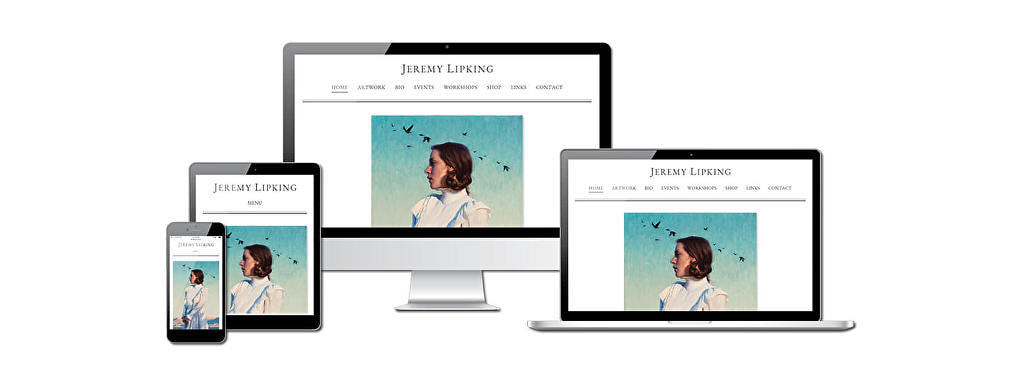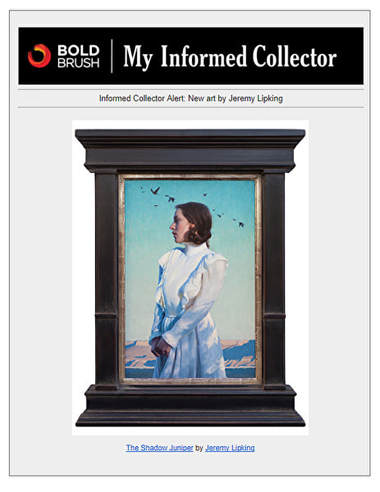clint watson, fine art studio online (faso)
feature interview july & august 2017
|
Even as a child, his two main passions were tinkering with computer programming and creating art. After graduating with an Information Systems degree in 1993, Clint became a director and, later, a partner at Greenhouse Gallery of Fine Art, a major national art gallery. He spent the next eleven years learning the art marketing game. As one of the gallery's primary salespeople, Clint gained experience by helping clients connect with artworks and artists that they truly loved...resulting in total personal sales in seven-figures, and, more-importantly countless lives enriched through artwork. This experience gives him an authoritative platform from which to now advise artists on art marketing and sales....teaching them what really works....and what to ignore as hype or fads.
Realizing that the Internet was destined to play an ever-increasing role in the marketing strategy of artists, in 2001, Clint launched FineArtStudioOnline.com, a website creation tool and marketing system for fine artists - professional art websites. He subsequently left the gallery business and now focuses all of his attention on helping his artist clients create websites and providing them with marketing ideas, opportunities and advice. He firmly believes that artists can change the world with their artworks and strives daily to help them make that a reality. Clint lives in Texas and the virtual world. He often takes time out to enjoy the great outdoors. |
Editor's Note: Clint responded to our interview with detailed answers important to all artists.
Because of its length, PSST presents his interview in two parts.
Enjoy this Part One for mid-July and click back in for Part Two mid-August.
Because of its length, PSST presents his interview in two parts.
Enjoy this Part One for mid-July and click back in for Part Two mid-August.




